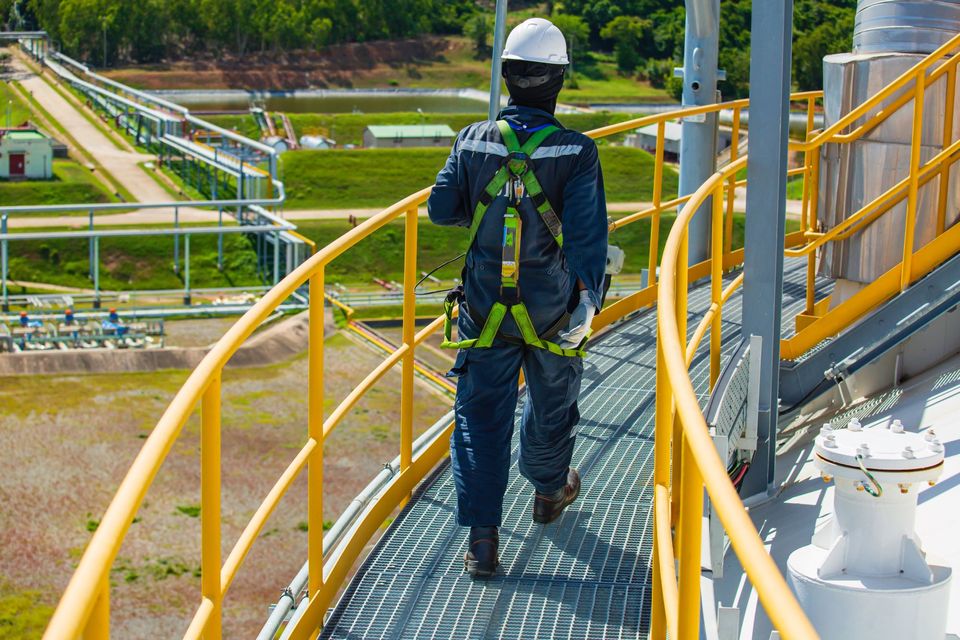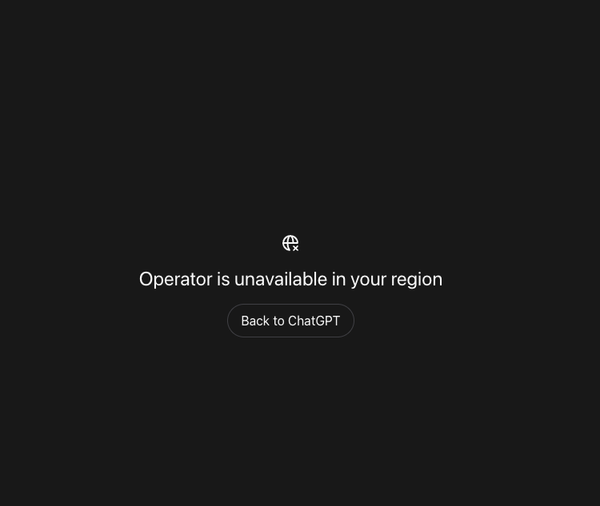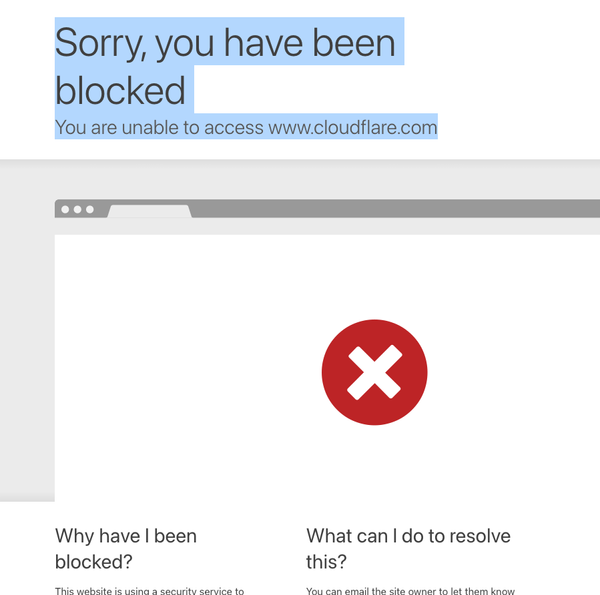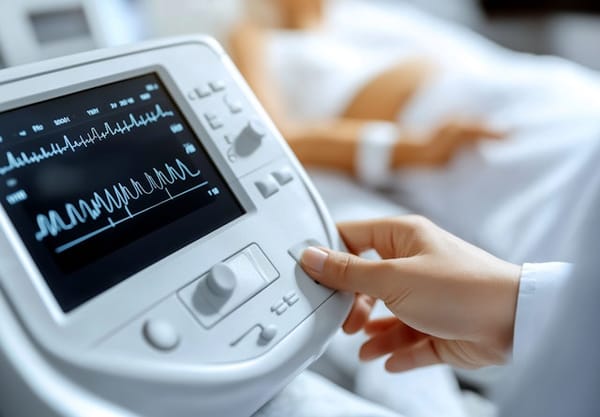The Future Of Workplace Safety: How Lone Worker Monitoring Apps Are Leading The Way
Table of Content
Lone workers—those who are operating independently or in isolated environments—are vulnerable to various risks and accidents. Without the immediate support of colleagues or a direct supervisor, emergencies can escalate rapidly, making these roles uniquely challenging.
Fortunately, technology has risen to mitigate these risks, offering innovative solutions to protect and monitor lone workers. Among the most promising developments are lone worker monitoring apps designed to ensure safety even in the most isolated conditions. This article delves into eight ways these apps are shaping the future of workplace safety.
1- Real-Time Location Tracking
One of the central features of lone worker monitoring apps is their real-time location tracking. Using Global Positioning System (GPS) technology, these applications offer accurate, real-time updates on a worker's location. This monitoring isn't invasive but a critical lifeline in remote or dangerous areas where immediate assistance may be necessary.
Tracking a worker's location serves multiple purposes. Not only does it offer peace of mind to the employee in a solitary environment, but it also provides valuable data to the employer. It allows management to effectively coordinate emergency responses, minimize risks, and optimize operational efficiency.
Moreover, having a clear, constantly updated picture of a worker's whereabouts also improves resource allocation. In situations where a response team needs to be dispatched, every second counts. Real-time location tracking ensures that help is directed precisely where needed, without delay.

2- Two-Way Communication
Two-way communication represents another cornerstone of these apps. Workers in isolated or hazardous environments often face unexpected situations where they must promptly communicate with their supervisors or response teams.
In such scenarios, two-way communication provides a reliable channel for workers to convey any risks, accidents, or safety concerns they may encounter. In addition to receiving instructions, workers can send alerts or status updates, creating a dynamic safety network.
This feature offers instant communication, which is valuable in itself. Plus, it makes workers feel safer and more secure. When workers know they can easily reach out for help, they’ll feel more confident, particularly if they are working on their own
3- Check-In Alerts
Check-in alerts, often known as "wellness check" or "alive check," form another layer of these apps' safety protocols. They allow workers to confirm their safety status at regular intervals, providing regular touchpoints that can highlight any potential issues early on.
The system can trigger an alert if a worker fails to check in. This functionality can act as an early warning system, enabling employers to quickly identify and address potential problems, whether an accident, a health issue, or a technical glitch.
This feature enables the system to detect an issue—such as a lack of communication or activity—even when a worker is unable to actively report the problem. Regular check-ins foster a culture of safety, where employees are mindful of their welfare and supervisors can remain informed.
4- Man-Down Alerts
Man-down alerts are a standout feature of many monitoring apps. These alerts are designed to be triggered when a sudden lack of movement or an unusual tilt angle suggests a worker may have fallen or become incapacitated.
These intelligent alerts harness sensor technology available in most smartphones or wearable devices, which can detect unexpected changes in motion or position. If a worker is immobilized by an accident and cannot manually raise an alert, the app does it for them.
This feature's ability to initiate a swift response can be a critical factor in an emergency. Quick notification of an incident can significantly increase the chances of a positive outcome, making man-down alerts a potentially life-saving feature.
5- Geofencing
Geofencing introduces a virtual safety boundary for workers. It is an advanced feature that uses GPS technology to define geographical boundaries, creating a virtual barrier or 'safe zone' around a worker or a specific area.
If the worker moves outside these designated safe areas, the supervisor immediately sends an alert. This allows for quick response and prevents workers from unknowingly venturing into hazardous areas.
For workers in expansive or potentially dangerous locations, geofencing is invaluable. It enhances control over operational areas, ensures workers remain within safety zones, and enables a rapid response when a worker leaves a defined area.
6- Panic Buttons
The panic button is a simple yet powerful feature. Workers can instantly alert their supervisors or emergency services of imminent danger or threat. A single button push sends an alert, allowing for an immediate response.
Given the simplicity and accessibility of the panic button, it enables even the most distressed or injured worker to call for help. It's a simple mechanism, but in a crisis, simplicity is crucial.
The panic button has proven valuable in many real-world situations, from aggressive confrontations to sudden health crises. It's a straightforward tool for escalating critical situations and facilitating rapid response.
7- Fall Detection
Fall detection is a more recent development in these apps. Using the accelerometer data in the worker's device, these apps can detect a sudden fall and raise an automatic alert, potentially shaving off critical minutes in an emergency.
The value of fall detection lies in its ability to detect accidents even when the worker cannot raise the alarm. Whether due to a loss of consciousness or severe injury, fall detection can make a critical difference in cases where the worker cannot call for help.
As technology advances, the sensitivity and accuracy of fall detection are set to improve. This function exemplifies how innovative technology can provide a safety net for lone workers.
8- Data Analytics and Reporting
Another innovative feature many lone worker monitoring apps offer is data analytics and reporting. These tools collect and analyze various data points, providing invaluable insights into safety trends and potential risks within a worker's environment.
This data can cover numerous aspects, such as the frequency and timing of safety alerts or the locations of repeated incidents. With these detailed reports, organizations can identify problem areas, refine safety protocols, and make informed decisions about enhancing overall safety.
By enabling a proactive approach to safety, these analytics and reporting tools help prevent accidents rather than just responding to them. They foster an ongoing culture of safety, where risk assessments and safety measures are continually improved based on real-world data. This ultimately benefits both the worker and the organization.
Conclusion
Lone worker monitoring apps have revolutionized the field of workplace safety. Features like real-time location tracking, two-way communication, and check-in alerts have been designed to monitor the safety of lone workers. Additional measures, such as man-down alerts, geofencing, panic buttons, fall detection, and data analytics, contribute to creating a comprehensive safety net.
These apps have empowered employees and employers, fostering a proactive, data-informed safety culture. As technology advances, we can anticipate these apps becoming even more sophisticated, driving further improvements in workplace safety.
Author Bio
Jane Carter is a safety technology consultant specializing in innovative solutions for lone workers. With over a decade of experience in the industry, she regularly contributes insights on cutting-edge workplace safety applications. Her writings reflect a deep understanding of the technology that protects employees in isolated environments.












